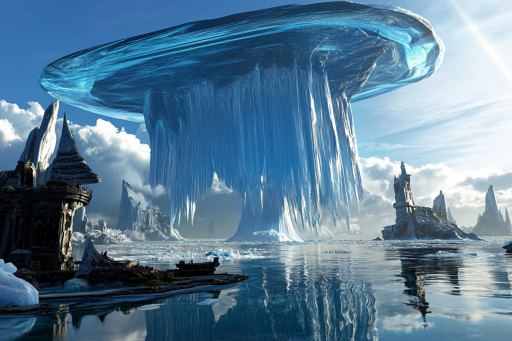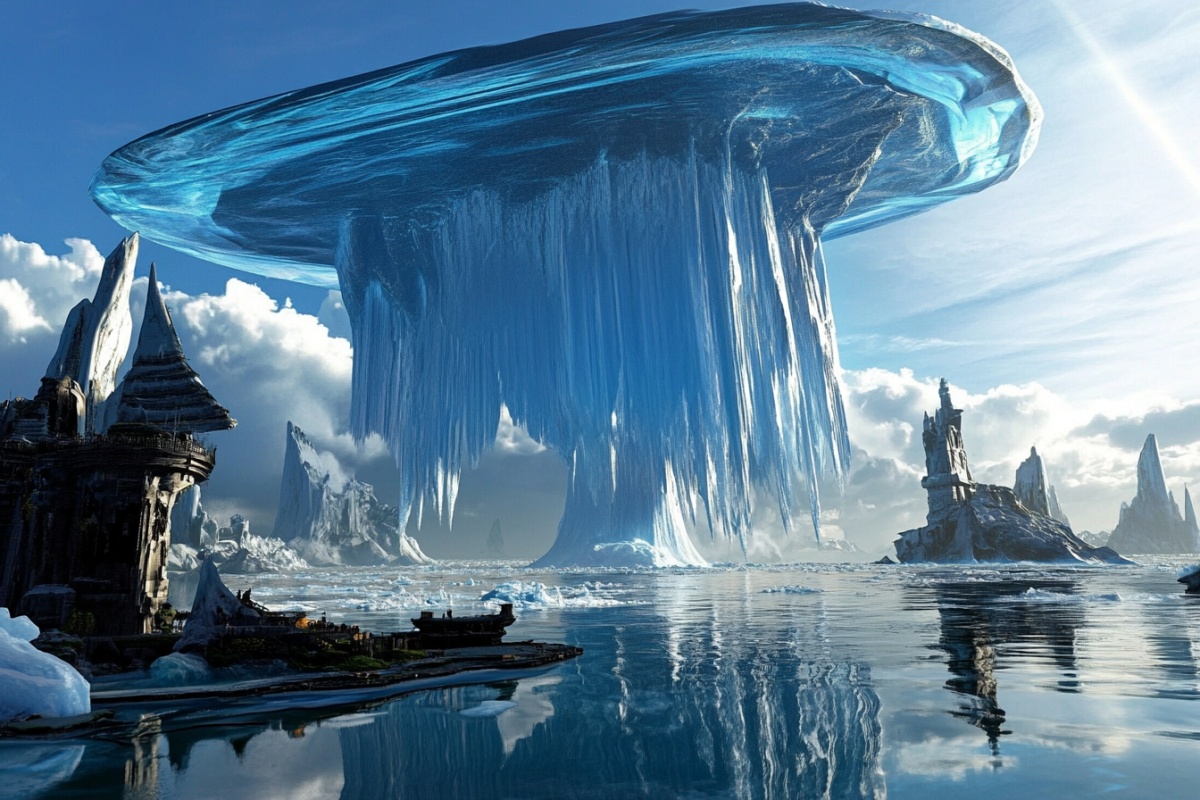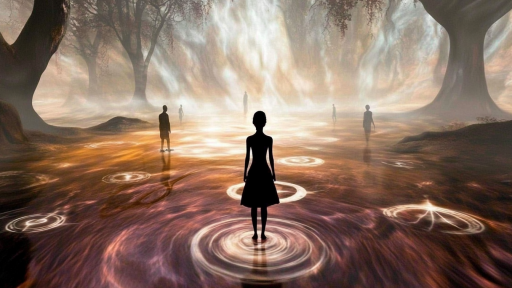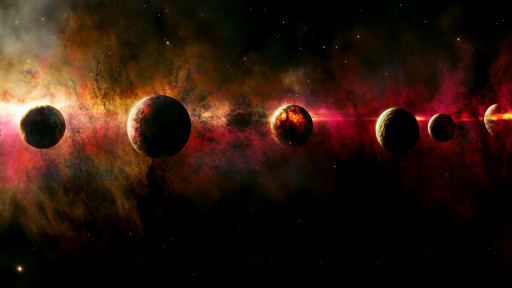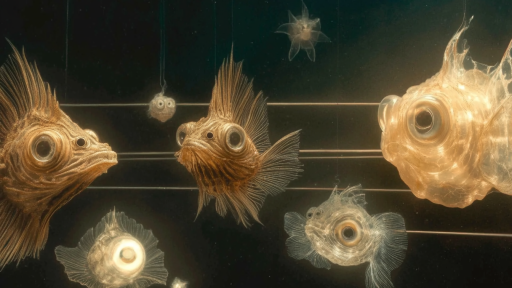
Ice is more than just frozen water—it shapes landscapes, preserves history, and creates some of the most breathtaking and alien structures found on Earth and beyond. From towering glaciers to mysterious formations on distant planets, ice takes on forms that defy logic and leave us in awe. Some of these formations are hauntingly strange, while others resemble natural sculptures crafted by the elements. Explore the most bizarre and beautiful ice formations that showcase the stunning power of nature and the universe.
Brinicles: The “Ice Fingers of Death”

Deep beneath the ocean, brinicles form when super-cold, salty water sinks from sea ice and freezes everything in its path. These eerie, tube-like ice structures descend toward the ocean floor, trapping sea life in an icy grip. Their slow but deadly growth makes them one of the most otherworldly formations in the natural world.
The Blue Ice of Antarctica

Some glaciers in Antarctica appear bright blue due to the way ice compresses and removes air bubbles over thousands of years. This dense, ancient ice absorbs all colors except blue, creating a strikingly surreal landscape. Walking through these glowing blue ice fields feels like stepping onto an alien world.
Ice Towers of Mount Erebus

On Antarctica’s active volcano, Mount Erebus, steam vents freeze into towering ice chimneys that stand eerily against the volcanic backdrop. These bizarre formations are constantly reshaped by heat and freezing temperatures, making them look like frozen sculptures. Some of these ice towers even reach heights of over 60 feet.
Frost Flowers: Nature’s Frozen Lace
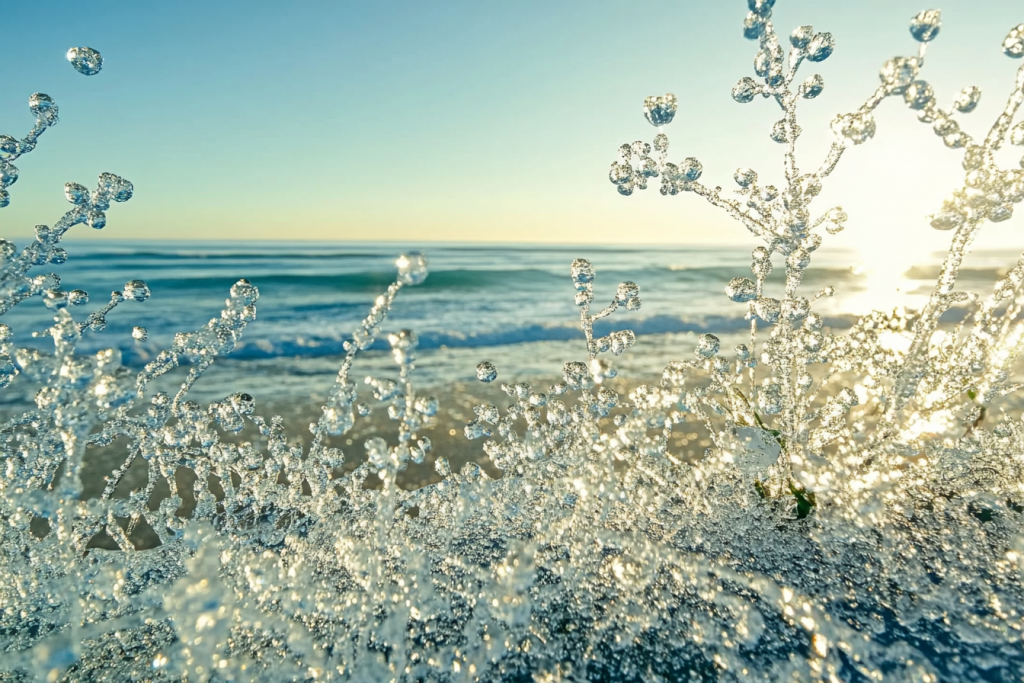
On extremely cold, calm days over Arctic and Antarctic waters, delicate frost flowers bloom on the sea’s surface. These intricate ice structures form when moisture from the ocean freezes instantly, creating fragile, petal-like formations. Their short-lived beauty makes them one of nature’s most fleeting masterpieces.
Lake Baikal’s Ice Bubbles

Russia’s Lake Baikal, the deepest lake in the world, is famous for its frozen methane bubbles trapped beneath its thick winter ice. As methane gas from the lakebed rises, it gets caught in layers of ice, creating frozen white orbs suspended like celestial bodies. This stunning natural phenomenon turns the lake into a surreal icy wonderland.
The Ice Caves of Iceland

Iceland’s massive glaciers hide stunning ice caves with translucent blue walls that shift and change with the seasons. These caves are formed by melting and refreezing ice, creating breathtaking corridors that glow with an unearthly light. The constantly changing formations make each visit an entirely unique experience.
Penitentes: Blade-Like Ice Spikes

In the high-altitude Andes Mountains, strange, blade-like ice formations known as penitentes rise from the ground. These tall, thin ice spikes form when the sun sublimates ice directly into vapor, leaving behind towering frozen structures. Their eerie, alien-like appearance has even been detected on Jupiter’s moon Europa.
The Giant Icebergs of Greenland

Greenland is home to some of the world’s most massive icebergs, breaking off from glaciers and drifting into the ocean. These towering ice giants take on dramatic shapes and brilliant hues of blue and white, changing with the light. Some icebergs even carry ancient air trapped inside, revealing secrets of Earth’s past climate.
Saturn’s Moon Enceladus: The Ice Geysers

Beyond Earth, Saturn’s icy moon Enceladus erupts with spectacular geysers of water and ice. These plumes shoot into space from cracks in the moon’s icy shell, hinting at a possible ocean beneath the surface. Scientists believe this frozen world could even harbor life deep below its icy crust.
Jupiter’s Moon Europa: The Cracked Ice World

Europa is covered in a thick layer of ice with massive cracks and ridges stretching for miles. These formations are caused by the gravitational pull of Jupiter, which constantly flexes and fractures the surface. The possibility of a vast, hidden ocean beneath its icy shell makes Europa one of the most intriguing places in the solar system.
Glacier Caves of Alaska

Inside Alaska’s glaciers, stunning ice caves form as melting water carves tunnels through the frozen mass. These caves glow with an ethereal blue light, creating an almost supernatural effect. Exploring them is both mesmerizing and dangerous, as the caves constantly shift and reshape.
Pancake Ice: Nature’s Floating Discs

In frigid Arctic and Antarctic waters, circular slabs of ice known as pancake ice form when chunks of ice bump into each other. The result is a sea of floating ice disks, resembling a surreal frozen lily pad field. This rare formation is a sign of shifting ocean currents and changing weather conditions.
Diamond Beach: Shattered Ice on Black Sand

Iceland’s Diamond Beach is famous for the glistening ice chunks that wash ashore on its black volcanic sand. These broken pieces of ancient glacier ice resemble shimmering gemstones scattered along the shoreline. The stark contrast between the ice and dark sand creates a breathtaking natural masterpiece.
Ice: The Artist of Time and Space

From Earth’s frozen landscapes to the icy moons of distant planets, ice is a force that shapes worlds in the most unexpected ways. It preserves history, sculpts breathtaking formations, and even hints at hidden oceans beyond our planet. Whether delicate or colossal, these frozen wonders remind us of nature’s ability to craft beauty from the harshest conditions.

